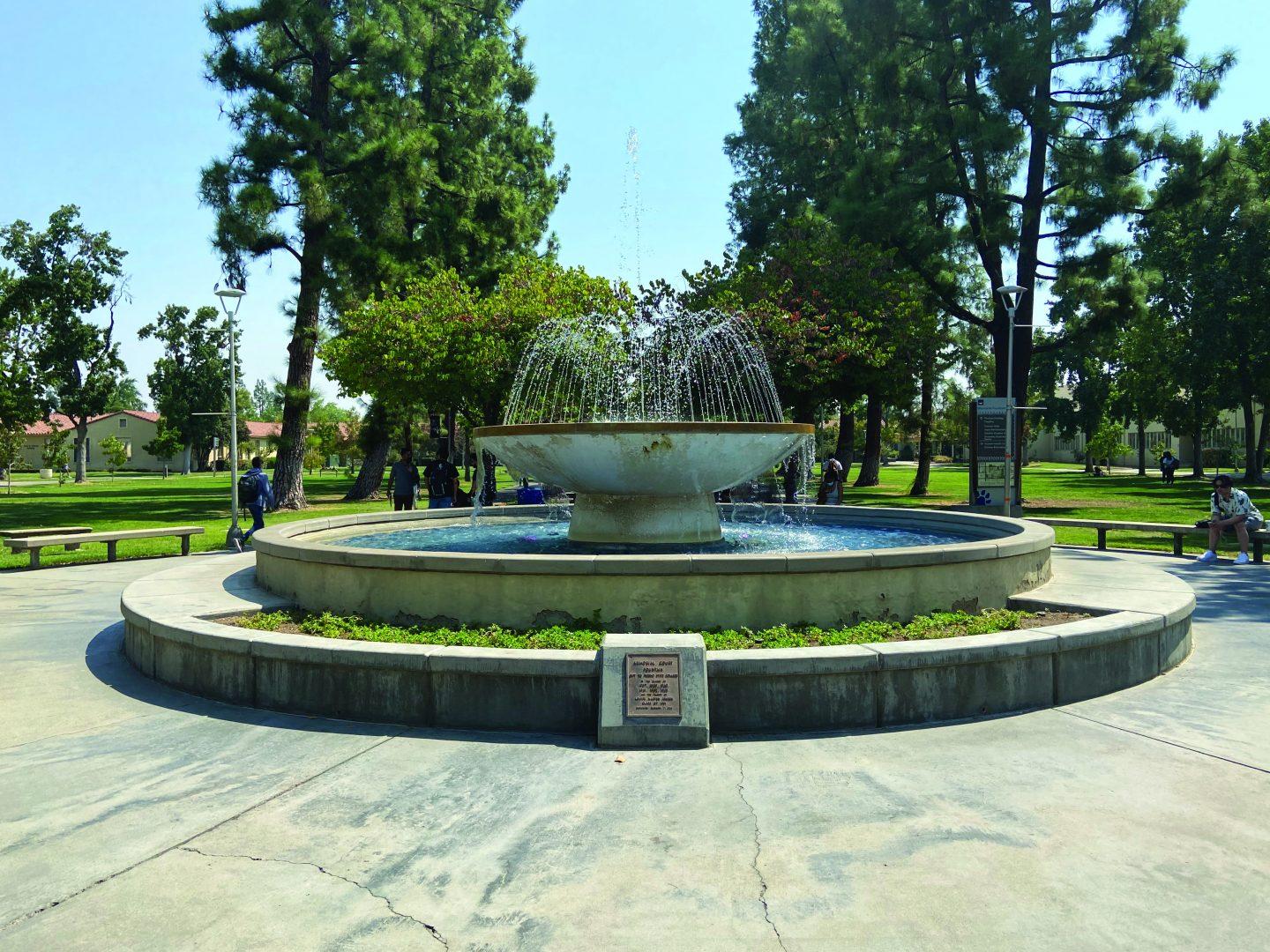Freshman application rates at Fresno State have steadily decreased for the past two years as students return to campus.
Fresno State Office of Institutional Effectiveness (OIE) Interim Director Matthew Zivot said that freshman application rates have steadily decreased since fall 2019.
Zivot noted that he can’t put a definite reason for the general decrease in first time freshman numbers despite the OIE’s best efforts to find trends in the data to hold the university more accountable.
“Applications for this year closed in November of 2020. Applications for last year closed in November of 2019 before the pandemic. So, our decrease in applications that we’re seeing for the past three years actually started before the pandemic,” Zivot said.
From fall 2019 to fall 2021, Fresno State had 18,150; 15,459; and 15,271 applications, respectively.
Compared to fall 2019, fall 2020 had a 14.83% decrease in applications. Fall 2020 to fall 2021 had a decrease of 1.22%.
Zivot wondered if the move to become a more impacted university as opposed to an open enrollment system had anything to do with the decrease in enrollment numbers.
“Well, we’ve been communicating that out to the region that you need a higher GPA than in previous times to attend Fresno State. I wonder the implication. I wonder the impact that had on applications,” Zivot said.
“Or did we decrease our own applications by changing the message that we’re sending to the community?”
Zivot noted that these decreases could be a result of a multitude of reasons.
“But maybe, maybe the pandemic is causing things like that decrease… Maybe students that had put up and [were] willing to travel farther from home… Maybe for health reasons they want to stay close to home, also maybe due to economic reasons,” Zivot said.
From fall 2019 to fall 2020, retention rates among first-time freshmen decreased from 86.8% to 76.9%.
Normally retention rates for first-time freshmen is around 85.6% when compared to recent years, Zivot said.
Zivot believes that this is in part due to students having to adapt to virtual learning in higher education for the first time.
“Based on OIE’s analytics, surveys and interviews with students, I think this drop in first-time student retention reflects new students experiencing virtual instruction and will rebound this year with a decent amount of in-person classes for new students,” Zivot said.
He noted that the student population for the past few years remained relatively the same in light of recent events.
“We had just over 25,000 students last year. We’ve been hovering around 25,000 students for years. On some level, it’s kind of almost surprised that that’s stable, given all the incredible changes that our community, or, you know, our country’s gone through in the last two years,” Zivot said.
However, the distribution of enrollment throughout different student groups have radically different trends, according to Zivot.
“So, first-time freshman applications are down, new transfer student applications are pretty stable, new graduate student applications are through the roof. So there isn’t even one trend,” Zivot said.
According to data from the OIE, first-time freshmen African American students saw a decrease in six-year graduation rates.
“Five years ago, it was at or above 50%. Last year it was 41.7% and this year it was 38.1%. While we only have 100-125 African American students entering as first-time students each year, helping this group of students to succeed at rates in line with their peers is important to fulfilling our commitment to equity,” Zivot said.
In collecting and displaying the data publicly, Zivot hopes to help make Fresno State a little more accountable not only to the university population but also the public as a whole.
“I really enjoyed the immediacy of it, and being able to see how the results of my research contributes to an actual good to the extent that university can do a better job of teaching students or serving, serving students… but if we can help with that, I feel like it’s, it’s much more rewarding,” Zivot said.




